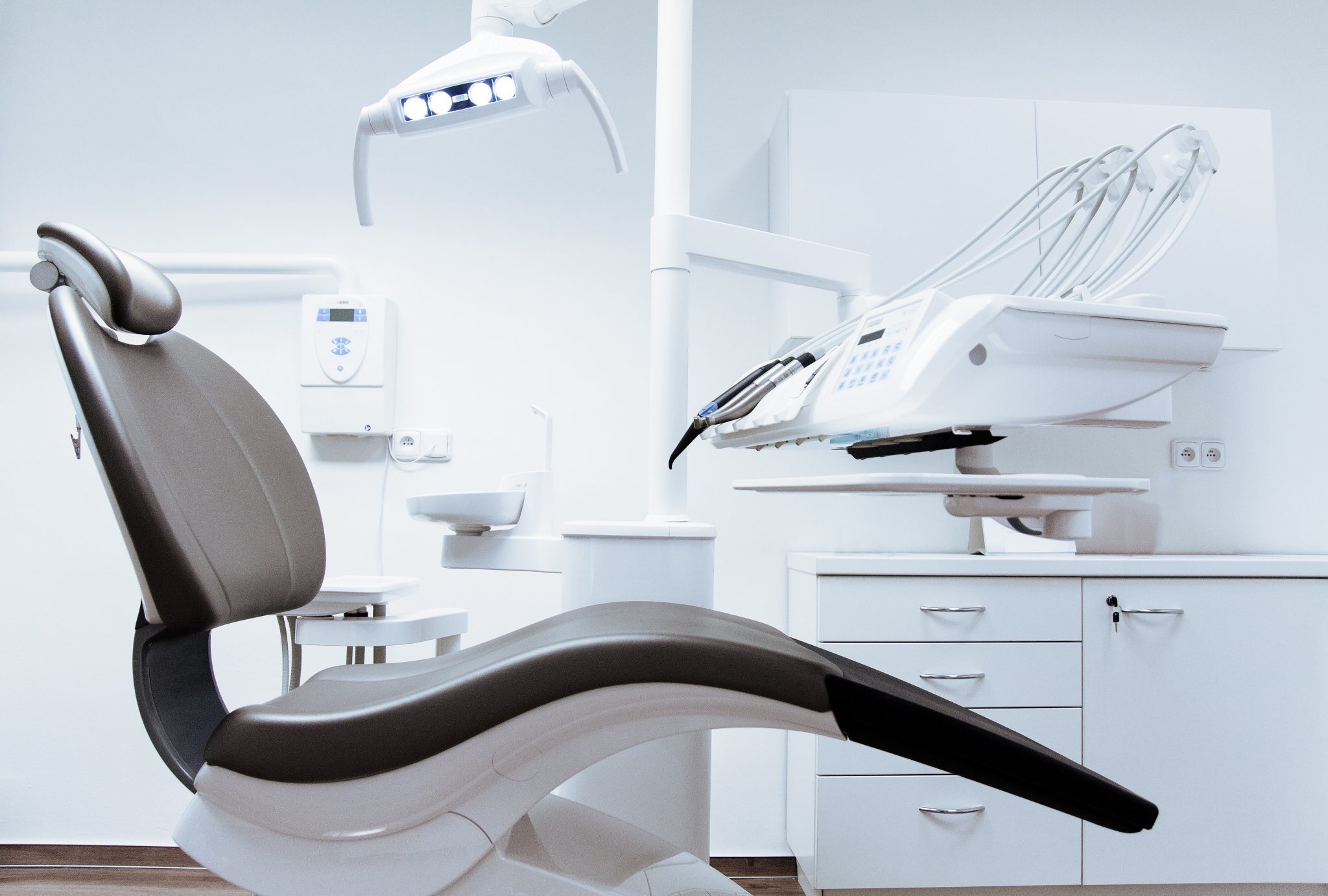
Flawless Dental Restoration
A dental crown is a protective “cap” positioned over a tooth that has experienced fractures, undergone root canal treatment, become discoloured, suffered decay, or exhibits an irregular shape. Tailored to each individual, these meticulously designed and personalized dental crowns seamlessly harmonize with the shade and form of your original teeth, boasting a potential lifespan exceeding 15 years.
On occasion, crowns serve the additional functions of supporting a dental bridge or capping a dental implant, while also finding application in specific cosmetic enhancements or aesthetic refinements.
What Does the Crown Placement Process Involve?
A dental crown procedure usually requires two office visits and is performed by a dentist.
This is the procedure we follow:
Examining and preparing the tooth
Similar to all dental procedures, the process commences with a dental assessment. In this phase, the dentist examines and cleans your teeth, ensuring they are primed for a seamless fit. In cases where a tooth is fractured or extensively affected by decay, the compromised portions will be removed to enable the dental crown to fulfill its role of shielding the tooth from progressive decay.
Shaping the crown
Subsequently, employing dental putty, we will create an impression of your teeth. This impression will serve as the foundation for crafting complete porcelain crowns. A temporary dental crown will be affixed to your teeth until your subsequent appointment. In cases where a tooth is absent and there’s a desire to substitute it with a dental implant, we will capture an impression of the implant and the neighbouring teeth. This impression will then be utilized by our laboratory to produce a personalized crown tailored to your specifications.
Placing the crown
During your second visit, we will eliminate the temporary crown and substitute it with a permanent one. The crown will be firmly affixed using robust dental cement or an inconspicuous screw. To finalize the procedure, we will refine the crown’s surface and carry out any essential modifications to guarantee your utmost comfort and security
Contact us today
to schedule an initial consultation & exam.
Your consultation will include an examination of everything from your teeth, gums and soft tissues to the shape and condition of your bite. Generally, we want to see how your whole mouth looks and functions. Before we plan your treatment we want to know everything about the health and aesthetic of your smile, and, most importantly, what you want to achieve so we can help you get there.
Frequently Asked Questions
A dental crown is a protective covering, often referred to as a “cap,” that is placed over a damaged, decayed, or weakened tooth. Its purpose is to restore the tooth’s strength, functionality, and appearance. Crowns are customized to match the shape, colour, and size of the original tooth, providing both structural support and improving aesthetic aspects.
Dental crowns can last for many years, generally ranging from 10 to 15 years or even longer with proper care and maintenance. Good oral hygiene practices, avoiding excessive force on the crown, and regular dental check-ups can contribute to extending their lifespan.
Yes, there are various types of dental crowns, each made from different materials:
Porcelain-fused-to-metal (PFM) crowns: These have a metal base covered with a porcelain layer, offering both strength and natural appearance.
All-ceramic or all-porcelain crowns: These provide excellent aesthetics and are suitable for front teeth due to their natural appearance.
Metal crowns: Made from metals like gold, these are highly durable and are often used for molars that require significant strength.
Zirconia crowns: Known for their strength and lifelike appearance, zirconia crowns are a popular choice for both front and back teeth.
The process involves several steps:
Dental Examination: The dentist assesses the tooth’s condition and determines the need for a crown.
Tooth Preparation: The tooth is reshaped to create space for the crown.
Impression: An impression of the prepared tooth is taken to create a custom crown.
Temporary Crown: A temporary crown is placed while the permanent one is being fabricated.
Crown Placement: During a subsequent appointment, the temporary crown is removed, and the permanent crown is bonded in place.
Adjustments: The dentist ensures the crown’s fit, bite, and aesthetics are optimal.
Maintain Oral Hygiene: Brush and floss regularly, paying attention to the crown area to prevent plaque buildup and gum issues.
Be Gentle: Use a soft-bristled toothbrush, non-abrasive toothpaste, and floss carefully to avoid damaging the crown.
Protect and Monitor: Avoid hard or sticky foods, wear a night guard if you grind your teeth, and attend regular dental check-ups to catch any issues early.






